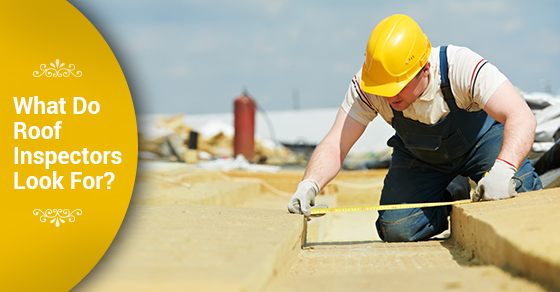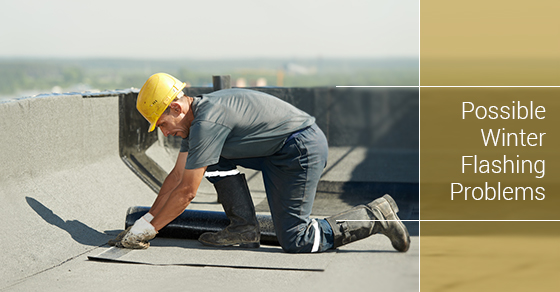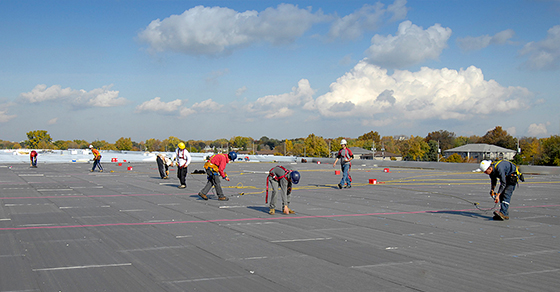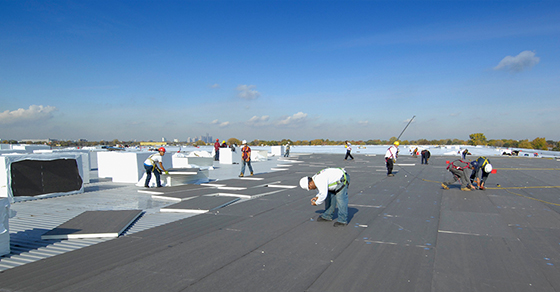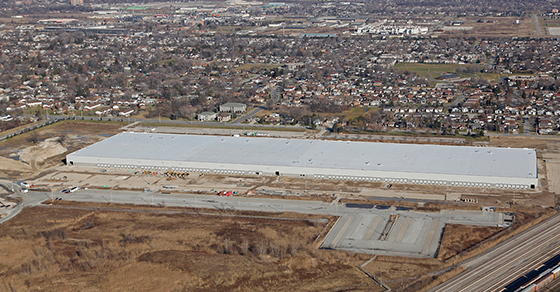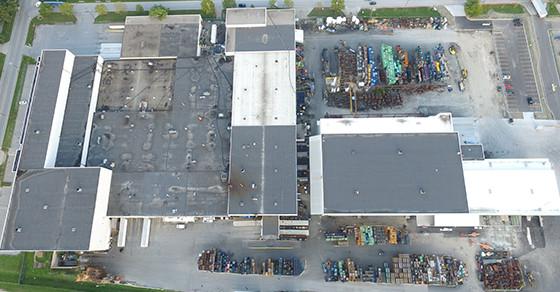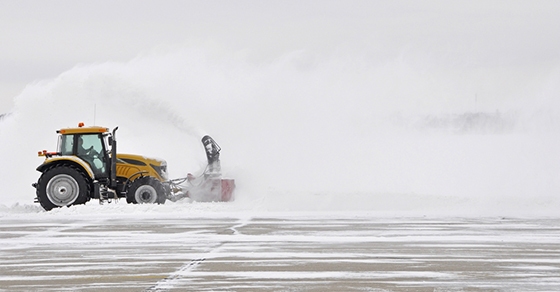The end of winter can be a relief for property owners and managers. Longer daylight hours, warmer weather, and less snow are welcomed by those who no longer have to worry about the condition of their buildings.
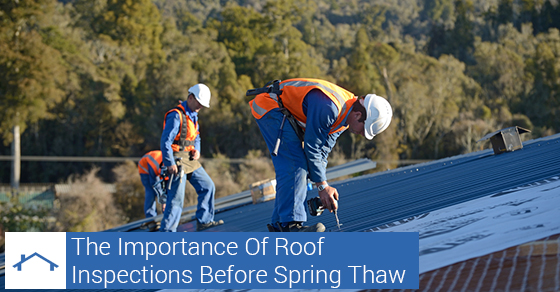
But the end of winter and the upcoming spring thaw can bring its own share of problems to your roofing system. As the winter snow begins to thaw, damage to your flat roof membrane and flashings can cause significant and costly damage.
That’s why your roof needs an inspection before the spring thaw.
Winter Effects
The winter season puts your roofing system at risk of a variety of issues. These result from the heavy wind, ice, water, and damage to materials that occur throughout the season.
Heavy snow and ice can cause elements of your roofing system to be displaced and disrupted. This affects their ability to prevent issues such as leaking, rotting, and mould growth.
Energy Efficiency
Commercial roof systems contribute to the energy efficiency of your building. This helps reduce the costs associated with controlling the temperature as well as conserves the use of natural resources.
Buildings that utilize well insulated and efficient roofing systems, for example, benefit in both the warm summer months as well as in the cold winter season. This reduces your energy costs all year round if you properly maintain it over time.
Inspecting your roofing system before the spring that will ensure that you optimize its energy efficiency and cost-saving benefits.
Flashings and Joints
Flashings and joints work to seal the most vulnerable parts of your roofing system such as chimneys and skylights. When ice expands, flashings become displaced and joints are damaged. Gaskets can become dry and weak during the winter, causing them to crack.
Be sure to have your flashings checked for any damage and assess the state of all roofing system gaskets and seals.
Other aspects of your property that can be affected after the winter season include:
- Roofing membranes
- Caulking
- Insulation
Knowing why your roof needs an inspection before the spring that helps you plan ahead and prevent costly issues. Winter affects all aspects of your roofing system including seams, joints and flashings. By implementing a regular maintenance and inspection program, you’ll make it through the winter months without any issues while ensuring that your property is protected for years to come and that you maintain your warranty.
